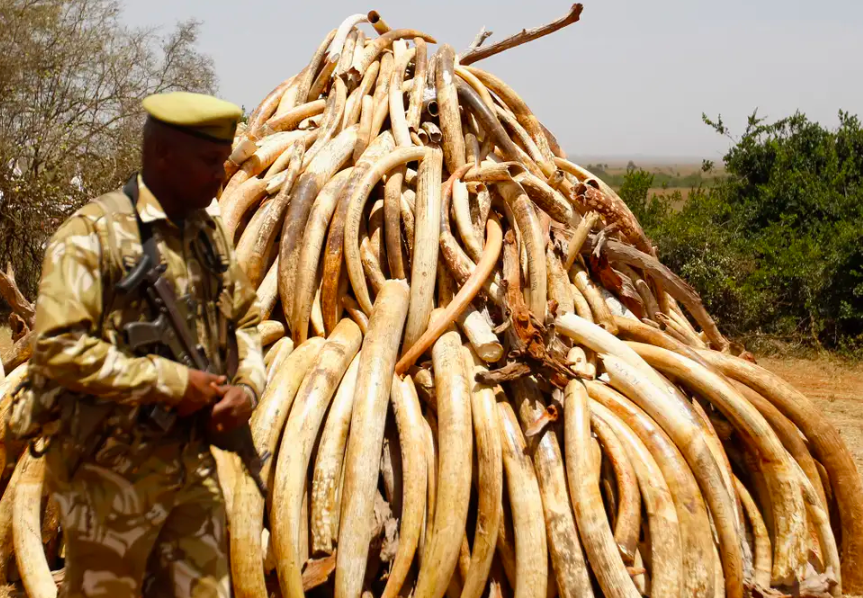Saving wildlife requires a new approach
As CITES meets in Switzerland, the organisations former Secretary General John E Scanlon highlights the importance of preserving habitats

As the Amazon burns, heated debates play out in Geneva this week at the triennial CITES World Wildlife Conference, including on trade in elephant ivory. They are critical, intense and at times passionate, and CITES, the global wildlife trade regulator, can claim some success in ensuring trade in endangered species does not threaten their survival.
However, global efforts to save biodiversity more broadly have largely failed, with declining trend lines continuing notwithstanding the adoption of a suite of agreements, most notably the UN Convention on Biodiversity in 1992. Something is not working.
One million species may go extinct in the coming decades according to the UN. Of these, 36,000, or just 3.6 percent, are covered by CITES, which has served as the endangered species emergency room for the past 45 years, helping a select group of species from going extinct due to international trade.
We need international agreements, but they have their limits and a steady stream of meetings, decisions and strategies can give one a false sense of achievement. Success must be measured not in the number of meetings, but how they translate into measurable results on the ground.
The scale and nature of the threats demands a new way of looking at biodiversity conservation, including embedding it into the sustainable development agenda and bringing it to the forefront of the response to climate change. As the benefits of biodiversity extend beyond species, so must the sources of financing.
Nature-based solutions to climate change are starting to gain ground, but they are not all good for biodiversity. Planting eucalyptus trees the world over will capture a lot of carbon but would be a disaster for biodiversity, illustrating the high risk of disconnected agendas.
We can try and rescue one species at a time, but if their habitat is destroyed, debates on trade in wildlife become largely moot. With one million species on the path to extinction from multiple threats, success at scale will require all-embracing solutions.
Ambitious, connected, measurable field-based initiatives are desperately needed. A bright spot for biodiversity has been the creation of parks and protected areas across the globe, yet many remain ‘paper parks.’
We can’t do everything, but if we focus on key national parks and protected areas, invest in them, manage them well, and leverage them to stabilise wider landscapes, we can deliver tangible, interconnected benefits for biodiversity, climate and development. And it can be done through one coordinated entry point; well-targeted investments in these biodiverse-rich places.
It’s not a fantasy. Through long-term commitments, good management, and adequate financing, parks in Africa from Garamba in DRC, to Akagera in Rwanda and Gorongosa in Mozambique, are generating benefits for biodiversity, climate and people, with better security, increasing wildlife numbers and by creating decent local jobs. These successes can be scaled up to drive sweeping change, and now is the time to act.
John E Scanlon was Secretary General of CITES from 2010-2018 and is now the Special Envoy of African Parks
Join our commenting forum
Join thought-provoking conversations, follow other Independent readers and see their replies
Comments